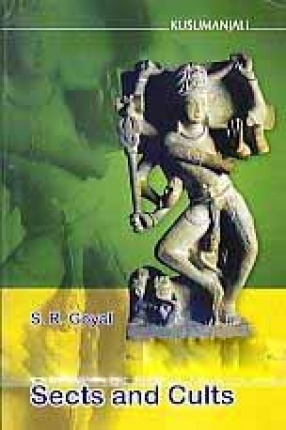
Kusumanjali Book World

85 books

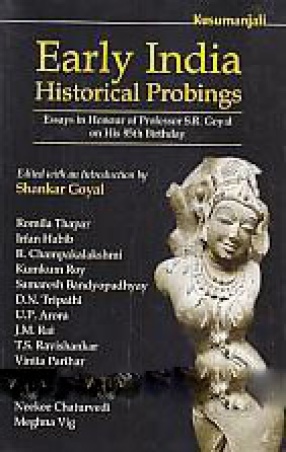


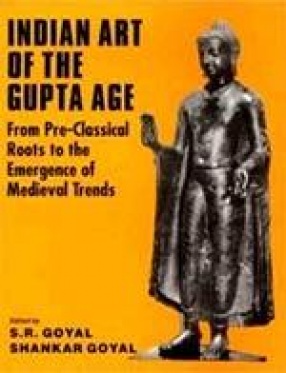

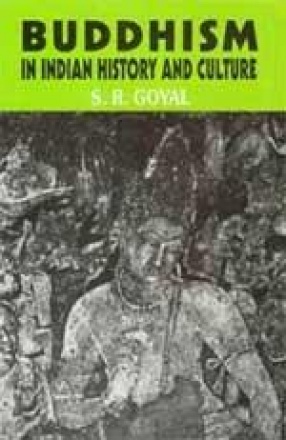

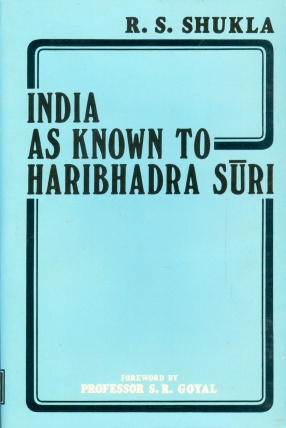

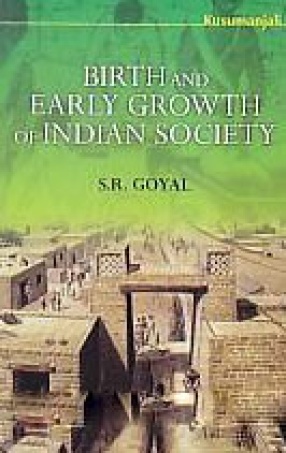
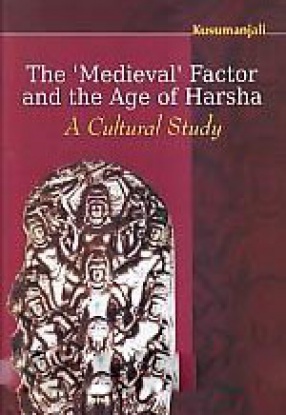
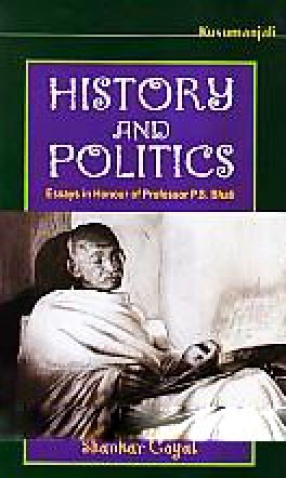

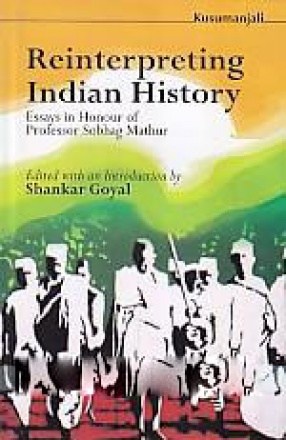

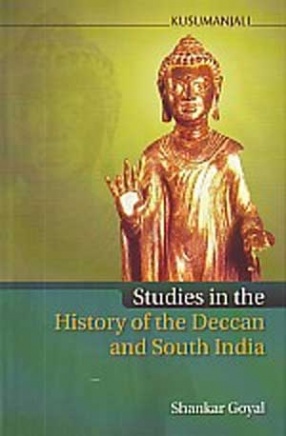
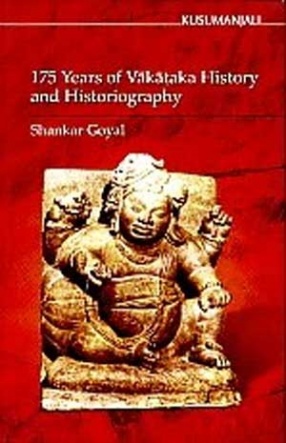

The present work of Professor S.R. Goyal is a study of the Buddhist Triratnas, the Three Jewels of Buddhim-the Buddha, Dharmma and Sangha. But here the author has not confined himself to a life-history of the Buddha, or a description of what are usually accepted as the basic tenets of his Dharmma and an outline of the monastic Order. He has tried to go deeper into the antecedents, forces and circumstances which produced the Buddha and reconstruct an authentic ...

The present work by the renowned Indian historian Professor S.R. Goyal provides a comprehensive post-Buddha history of Indian Buddhism. Though there are several monographs available on the history of Buddhism in India but none of them seeks, as the present work does, to study the history of this religion against the background of India’s cultural evolution and delineate its impact on the contribution to various facets of Indian culture. Further, most of the ...

The Gupta period was admittedly the classical or Golden period of Indian history when ancient Indian culture saw efflorescence in almost all aspects of life, including architecture, sculpture and painting. The art of this period has been a subject of study since the beginning of indological studies in modern times. The present monograph is the recent-most effort in this direction, but with a difference in approach and treatment. Firstly, it contains the fruits of ...


The present work is a comprehensive history of Indian Buddhism. In many ways it is different from other similar works. Firstly, most of the works dealing with the history of Indian Buddhism stop with the disappearance of this religion after the establishment of the Turkish rule in c. 1200 A.D. while the present monograph studies the fortunes of this religion in India upto the modern times. Secondly, it deals not only with the evolution of Indian Buddhism on ...
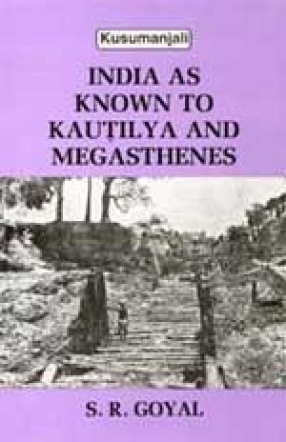
The present monograph throws much new light on the problems connected with the study of the Arthasastra and the Indica. Its author Professor S.R. Goyal believes that Vishnugupta Kautilya whowrote the Arathasastra was different from Chanakya, the Prime Minister of Chandragupta Maurya and that Kautilya flourished more than five centuries later than Chanakya. In the light of these suggestions the author has studied afresh several aspects of the Arthasastric ...

The present monograph the Kautiliya Arthasastra: Its Author, Date and Relevance for the Maurya Period throws much new light on the problems connected with the study of the Arthasastra. Its author Professor S.R. Goyal believes that Vishnugupta Kautilya who wrote the Arthasastra was different from Chanakya and that the former was a staunch Brahmana while the latter was a Jaina by faith. This separation of the individualities of Chanakya and Kautilya makes its ...

The present research work on the Imperial Guptas by Professor S.R. Goyal will blaze, we believe, a new trail in the historiography of ancient Indian political history, for it looks upon the history of the Imperial Guptas not from the traditional ‘what and when happened approach’ but from multidisciplinary integral standpoint in which main political developments and events are put in their proper context by an analysis of their determining influences – ...
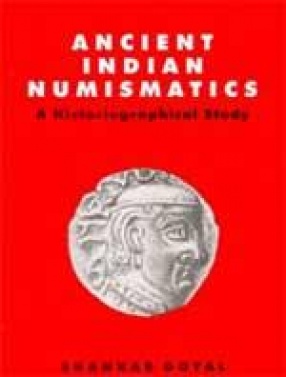
The study of ancient Indian coins is now a well-established discipline with a history of about two centuries behind it. But strangely no monograph on its historiography has so far been published. The present full-length monograph on this subject is thus a pioneering study. It critically examines all the important works and research articles published during the last two hundred years. Divided into eleven chapters it begins with the progress of the study of the ...
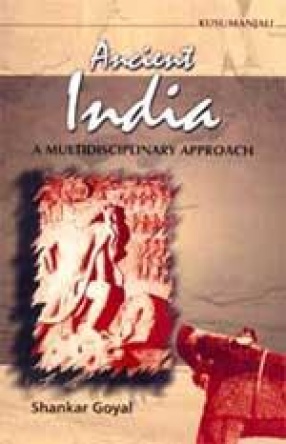
In recent decades the popularity of the political history is declining very fast in India as well as in other countries. Therefore in order to revitalize their discipline some political historians, both in India and the West, are pleading that now the concept of political history should be modified. They argue that now historians should cease to give emphasis only on the ‘deeds’ and ‘dates’ of the kings and should makes study of the political aspect of ...

The present research work on Harsha by Dr. Shankar Goyal will blaze, we believe, a new trail in the historiography of ancient Indian political history, for it looks upon the history of the age of Harsha not form the traditional’ what and when happened approach’ but from multidisciplinary integral standpoint in which main political developments and events are put in their proper context by an analysis of their determining influences- social, economic, ...
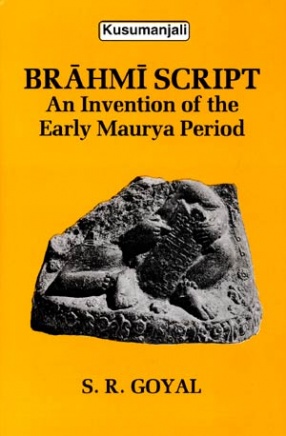
The origin of Brahmi script is one of the most ticklish problems of ancient Indian history. Coupled with this problem is the question of the prevalence of the art of writing in the post-Indus –pre-Asokan period. Earlier it was believed that the knowledge of the art of writing in India was caused by the Greek or West Asian impact. Later, it was proposed that Asokan Brahmi was the end-result of the evolution of the Indus script. The author of the ...
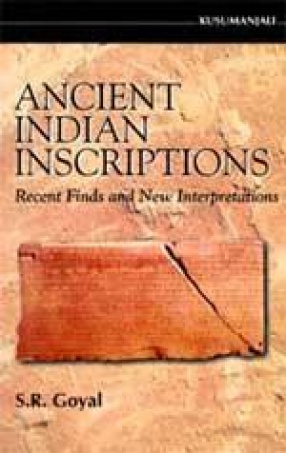
The present monograph seeks mainly to acquaint the teachers and students with important ancient Indian inscriptions discovered in the last few decades. Thought their discovery has often made a reconstruction of political and cultural history necessary, but they are usually beyond the reach of teachers and students as for their study they usually have to consult learned journals and research monographs not always easily accessible. Among such inscriptions are ...

In this critical study of the indica the author of the present monograph Professor S.R. Goyal has shown that the testimony of Megasthenes regarding the absence of the art of writing in India when he visited the country is correct, that the Indian heracles of Megasthenes as described in relation to Mathura should mainly be identified not with Vasudeva-Krshna but with Manu-Vaivasvata, that the Indian Dionysus of Megasthenes is a composite god, and that the ...

India as Known to Haribhadra Suri by Dr. R.S. Shuk;a deals with the cultural condition of India as gleaned from the works of the great Svetambara Jaina Acharya Haribhadra – specially from his Samaraichchakaha and the Dhurtakhyana. It deals with all the aspects of cultural life of North India including Political, social, economic and religious. On the one hand it is a significant contribution towards Jaina studies and, on the other, it seeks to ...
